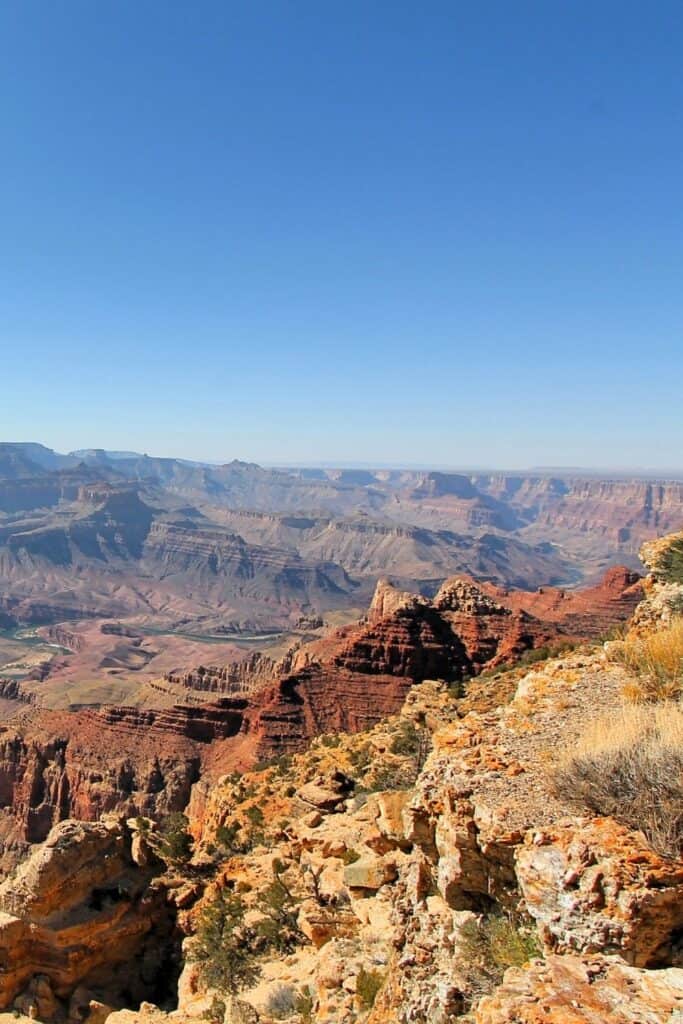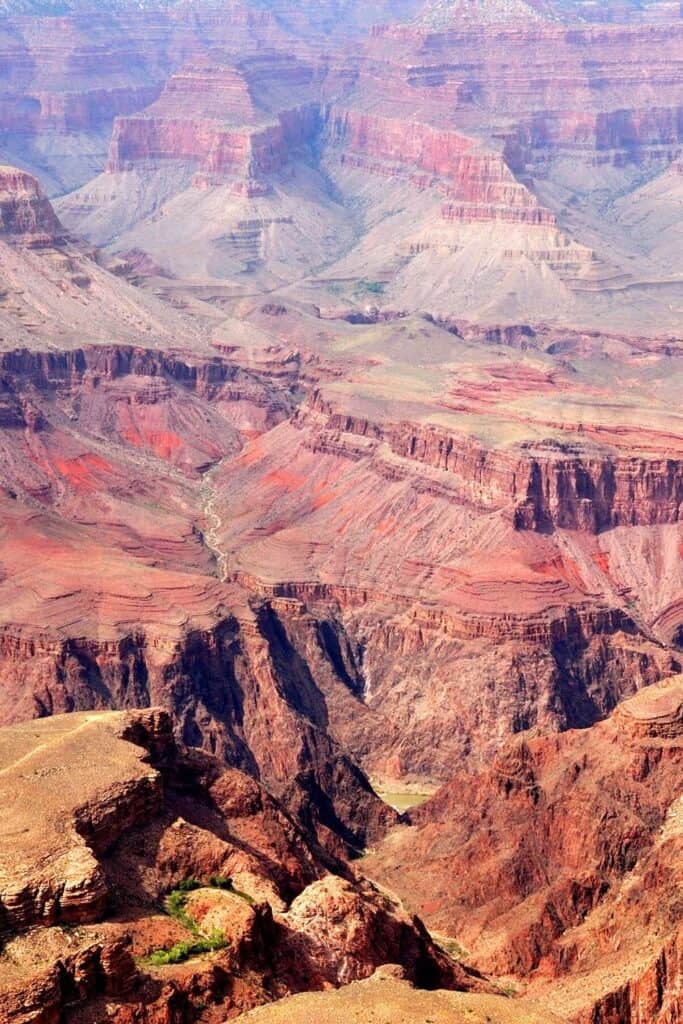There are several trails to hike in the Grand Canyon. The Little Grand Canyon trail is 3 miles long and winds around the base of 300-foot bluffs. This moderate-to-difficult hike leads out of the canyon along a rocky creekbed. More advanced hikers will find the Little-Grand Canyon trail to be more challenging. The Grand-Canyon trail is about as technical as it gets, but it is still a beautiful way to experience the beauty of the area.
A backcountry ranger can help hikers maximize sightseeing in the Grand Canyon. Guided hikes can be customized for your group’s objectives and can be tailored to your specific abilities. A guide can help you see the most beautiful sights of the Canyon and avoid the most difficult terrain. However, if you’re comfortable with the idea of hiking on your own, here are some helpful tips: Before hiking, plan your itinerary. Consider how long you plan to spend at each stop, and make sure you know how much food and water you’re going to need.
The “Rim-to-Rim” run is the ultimate canyon trek. This 40-mile, 20,000-foot trail run is a challenging experience. But it doesn’t have to be difficult. Runners of all levels and fitness levels can enjoy a “light and fast” trail run through the Grand Canyon. You can choose a trail depending on your goals. It’s possible to customize the distance and terrain.
If you’re a first-time hiker, it’s best to start at Bright Angel Point. This short trail is located near the visitor center and ends with a view of the canyon. You can also get a self-guiding nature trail pamphlet from the box along the trail. You can even hike from Grand Canyon Lodge to the North Rim Campground. You’ll want to plan ahead, and make sure you have all the necessary permits and equipment.
Many trails in the Grand Canyon don’t have access to water. The only areas with water are the inner-canyon trails and the Corridor trails. The Inner-canyon trail is about 40 miles long and 20,000 feet in elevation gain. While this race is challenging, it’s also not the only option. It is an ideal route for runners of all levels. The Grand Canyon trail has been rated one of the most challenging in the world and is a popular destination for runners of all skill levels.
The most challenging Grand Canyon trail is the South Kaibab Trail, but you can also choose between the Chimney Rock Trail and the South Kaibab Trail. The South Kaibab trails are shorter and offer frequent shade. The South Kaibab is a more popular choice amongst runners. If you decide to take this trail, make sure to research the area before you start your hike. Before you go, get permits and supplies. After your trip, make sure you pack enough water and food.
Here are some safety tips to keep in mind when visiting the Grand Canyon:
- Stay on designated trails: It is important to stay on designated trails and not climb on any rocks or ledges. The canyon can be dangerous and unpredictable, and accidents can easily occur if proper precautions are not taken.
- Bring plenty of water: The Grand Canyon is a dry and arid environment, and it is important to bring plenty of water to stay hydrated, especially during the summer months.
- Dress appropriately: The weather at the Grand Canyon can vary greatly depending on the time of day and the season, so it is important to dress in layers and wear sturdy shoes with good traction.
- Be aware of your surroundings: The Grand Canyon is a vast and remote wilderness, and visitors should be aware of their surroundings at all times. This includes watching out for wildlife, such as rattlesnakes and mountain lions, and being aware of any sudden changes in weather.
- Respect the park’s cultural and historical resources: The Grand Canyon is a sacred place for many Native American tribes, and it is important to respect the park’s cultural and historical resources.
- Don’t underestimate the difficulty of hiking in the canyon: Hiking in the Grand Canyon can be physically challenging and should not be taken lightly. Visitors should be prepared for the strenuous conditions and ensure they have proper gear and supplies.
- Plan ahead: Visitors should plan ahead and research the park before arriving, including checking weather conditions, trail conditions, and any park alerts or closures.
By following these safety tips, visitors can help ensure a safe and enjoyable visit to the Grand Canyon.
Related posts:
When you are visiting the Grand Canyon, you'll want to watch out for several animals, including bighorn sheep. This huge animal can weigh up to 250 pounds and is commonly seen perched along the rocky terrain. Most of them live in small groups of eigh...
If you're a history buff, you'll want to visit the Grand Canyon National Park. This park is located in Arizona and is home to much of the vast Grand Canyon. The layered bands of red rock reveal millions of years of geological history. You can visit t...
The Grand Canyon is one of the most spectacular places on earth, and the South Rim is one of the most popular places to visit. There are a variety of things to see and do, including hiking the North and the South Rim. The views are incredible and you...
One important Grand Canyon tip is to avoid touching wildlife. Elk can get dangerously hot at the Grand Canyon. They are incredibly large and do not have a natural way to cool themselves. This heat can literally cook your organs and brain. If you want...
If you've ever wanted to experience the Grand canyon in its entirety, then you've come to the right place. This Arizona park contains much of the vast canyon and is filled with layered bands of red rock that reveal millions of years of geological his...
Grand Canyon National Park is a vast, awe-inspiring landscape that draws millions of visitors each year. One of the most popular trails within the park is the North Kaibab Trail. This trail offers a challenging but rewarding hike into the h...